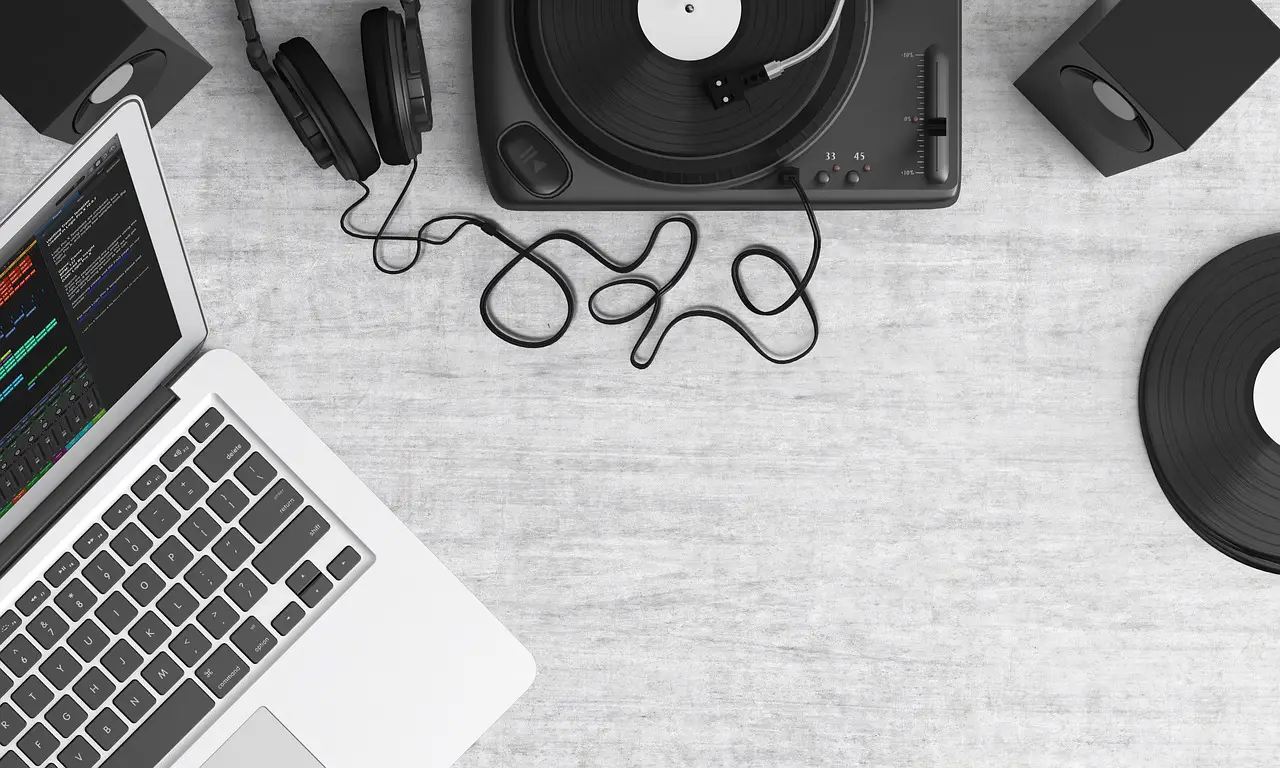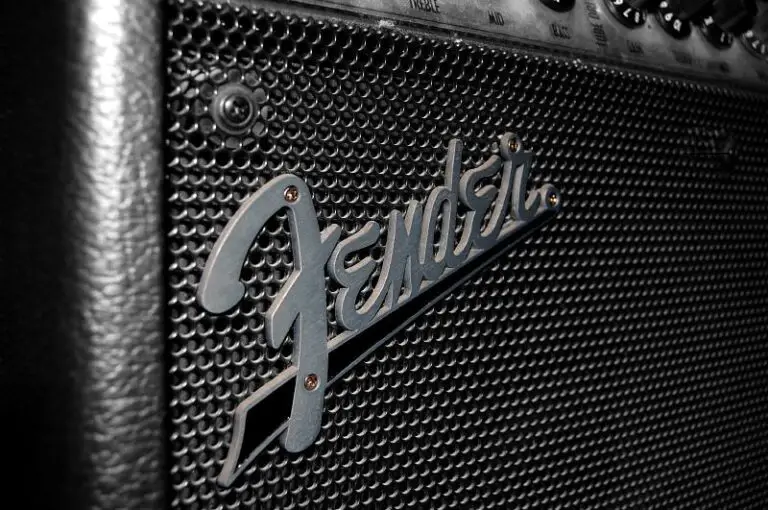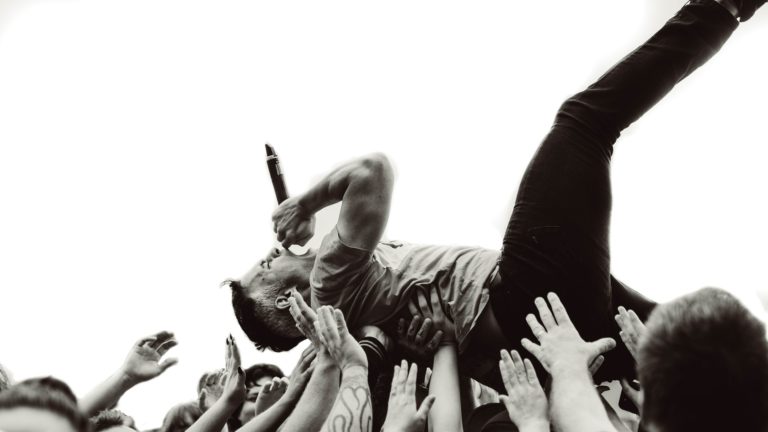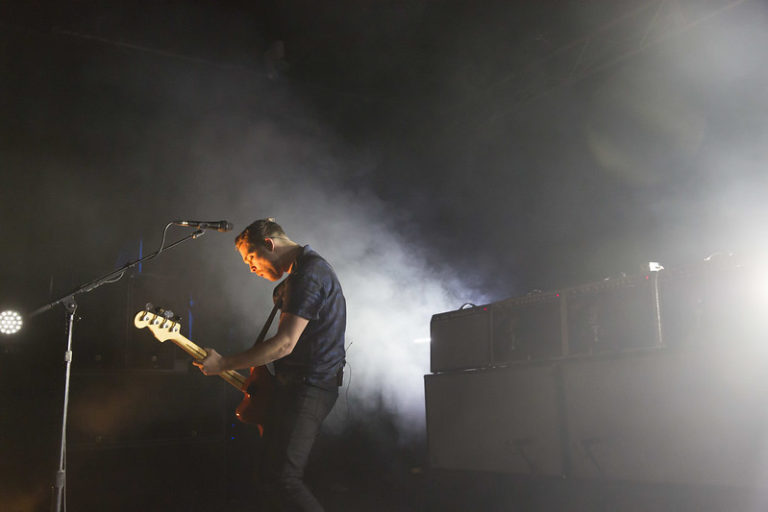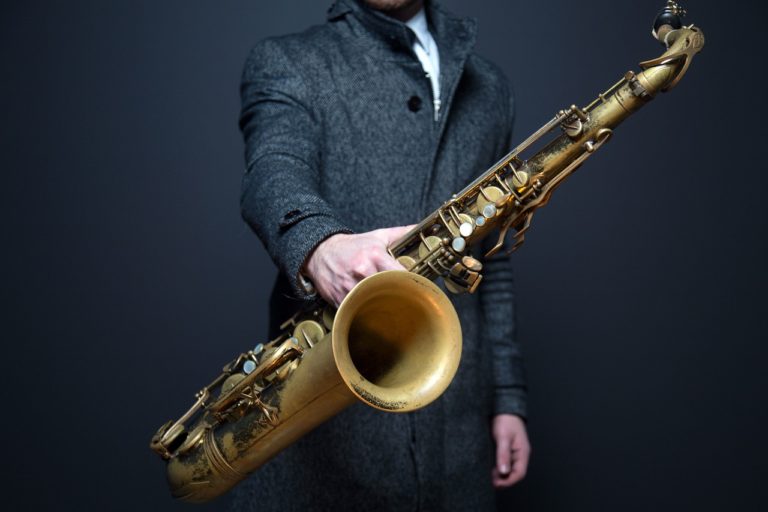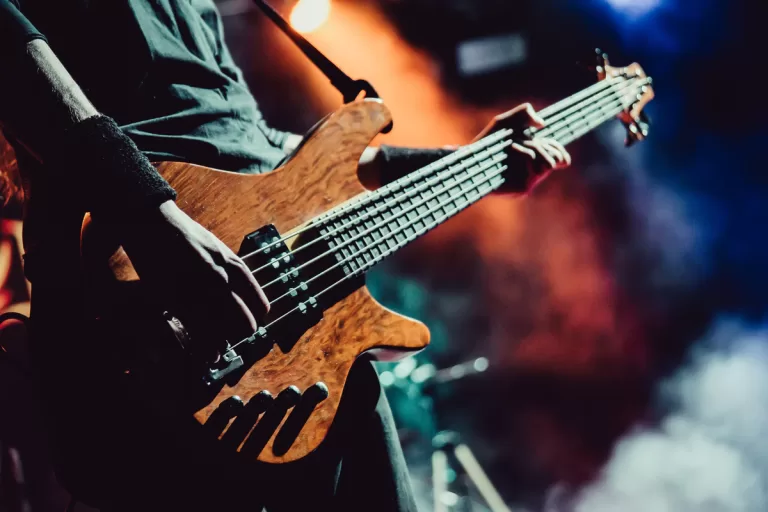Are There Differences Between House, Trance, Techno, and Dubstep?
EDM dominates modern music to the point where genres clash, nullifying differences between house, trance, techno, and dubstep. It muddies the water and leaves listeners unsure of each distinct genre. So what are the differences between these musical genres?
The differences between house, trance, techno & dubstep can be found in their tempo, melodies, and the influences from other genres that shaped their sound.
Breaking down electronic music’s main genres can be a little tricky. After all, genres can be fluid, and songs may not necessarily be classified into one strict category.
Nevertheless, it’s time to end the EDM debate once and for all. Let’s look at the differences between house, trance, techno, and dubstep and see what makes them unique.
What are the origins of different EDM sub-genres?
It’s fair to say that modern EDM is a generalized term used far too often. You won’t be hard pushed to classify every second chart hit falling into that category.
However, the main sub-genres within have unique calling cards. Ones you can hear quickly enough to separate them. Despite all this, though, they all share a typical origin story.
The early history of electronic music in the United States (house music and techno)
The 1980s marked a massive change in music. It was the decade when synths and electronic elements started to outshine live instruments in modern pop music.
While the UK and Europe pioneered the synth-booms of new wave, it would be in American cities where another revolution was born.
As the 1970s ended, disco and Motown were no longer the guaranteed chart hits that they once were. The over-saturation of these genres saw musicians look to take these sounds in new directions. In particular, the club scenes in Detroit and Chicago were changing forever.
It would be in Chicago where the revolution truly got started. Radio DJs took to club nights throughout the city and started mixing disco songs with various effects to find new sounds.
They used digital synthesizers and drum machines to reinvent records into new mixes or songs.
Frankie Knuckles and Ron Hardy soon gained notoriety throughout the Midwest thanks to their efforts at clubs such as the Warehouse, gaining revelers from multiple states.
Thanks to The Warehouse – where Frankie Knuckles was the DJ- it coined a new style of music – “house music.”
Meanwhile, DJs in Detroit were experimenting on a slightly different level with disco tracks. Isolating the more rhythmic sections, musicians and producers would use digital sequencers and other tracks to give songs a futuristic melody.
These tracks felt faster than other remixes and gave a sense that this would be the future of music. It was here where techno was born.
The evolution of EDM in European countries (trance)
As the house and techno genres flourished in underground clubs in America, Europe found itself going through a radical transformation.
Countries underwent massive changes as social cultures broke down traditional barriers and people looked to live edgier lifestyles. These changes – born out of oppression and yearning for freedom – saw artists reflect this in their music.
In places like the UK and Germany, the anarchist overtones from punk and rock split over into pop music. A new culture rose where life was meant to be lived fast and find a sense of euphoria.
Musicians trying to replicate this saw an opportunity to feel this through their music. Producers stumbled onto a winning combination by taking influence from British new-wave melodies and the mechanical rhythms of Europe’s industrial music boom.
With rave culture sweeping Europe, the dramatic highs and the subsequent ending lows led to the 1990s giving birth to the trance music era.
The trance boom would also borrow from the American house scene too. Noticing the soaring melodic vocals, European producers shipped in American vocalists to form powerhouse groups that took over charts worldwide and solidified trance music’s arrival.
How dubstep became commonplace in the modern era
By the mid-1990s, trance, house, and techno were established as mainstream genres. Acts from all over the world – be it the US, UK, or Germany – had many multi-platinum hits as the EDM rise swallowed pop culture.
Yet, the need for change was not done there. Over in the UK, where house music and trance dominated clubs, underground producers sought something new to enjoy.
It was here that producers fell back to their roots for inspiration. Many DJs in London noticed the rhythmic jibes of Caribbean music like dancehall and 2-step. Dominated by rhythm and bass, it was here that a new craze started to form.
Taking inspiration from these genres, underground musicians fused the rhythmic sections of world genres with fast raps and electronic influences seen in modern music.
This was set in stone by the birth of dubstep. Dubstep remained underground for several years, yet the popularity of UK Garage and grime pushed dubstep into the public eye in the early 2000s. It would set the scene for EDM as we know it today.
Establishing genre boundaries between house, techno, trance, and dubstep
With each genre having found its fundamental identity and form, let’s consider what makes them their own entity.
When it comes down to it, the genres can be separated because of their differences in three main areas:
- Tempo
- Structure
- Instruments and Effects
Looking at these aspects will quickly establish what genre a song fits into. So what should you begin looking at?
How electronic music genres change with tempo
One of the key features in any song is the tempo of the beat. In other words, how fast the beat moves during a piece. This is measured in beats per minute (bpm).
Most traditional pop music hardly fluctuates in its overall speed averaging a tempo of 90-120bpm. While you may find EDM pop hits sharing this tempo level, other genres do not sit at this level.
Indeed, almost all electronic music will likely exceed this standard, maintaining a faster tempo than traditional songs, as you can see below:
- House: 120-130bpm
- Techno: 125-135bpm
- Trance: 130-140bpm
- Dubstep: 135-145bpm
It’s here where you see some deviations start to form. For example, house music rarely strays too far from the conventions set by pop music. Sticking close to source sample material or the vocal hooks, most house music sits at 120-130bpm.
The same can be said of techno music to a degree. Harking back to industrial influences, the more mechanical nature of some songs keeps them slower than other forms of electronica.
There are some significant changes in other genres, though. To get the uplifting vibes its revelers seek, trance music at full flight is fast-paced. As the drop ends, you will find trance songs hitting 130-140bpm as it reaches a climax.
You will also find similar echoes in dubstep. With driving electronic rhythms at the core of each song, a high tempo is almost always inevitable, with some examples reaching nearly 150bpm.
Structure and how electronic music genres change
As well as a song’s tempo defining its identity, so does how it is laid out. This can be applied to time signatures, how it’s composed, and any overarching influences.
You will find that some genres don’t break the rulebook too much. For example, many house music tunes will be composed of verses, choruses, and a bridge/breakdown.
Some of those sections may well be repeated sections, but it sticks to the conventions of a traditional song found in the charts. You can say the same for dubstep songs that often follow mainstream conventions’ rules.
It’s here, though, where techno and trance differ in structure. For example, trance music hits in waves. Trance songs will start slow before building to a rise before stopping – or hitting the “drop.”
As the drop ends, the rising crescendos build up rapidly and hit a second high before ending abruptly or without an outro.
Unlike trance, techno songs keep a stable structure throughout their entirety, but the forms themselves may vary. This could be alternating time signatures or changing tempos, but this creates a unique sound quite unlike anything else.
Instrumentation and the differences between EDM music
The instrumentation and the actual content used in the music give songs their true identity. You can lay this out in several ways, such as:
- Vocals
- Sampling
- Instruments
All these aspects are what allow you to see how each genre varies:
Vocals used across EDM
You will find vocals in all genre types to a certain degree, although some rely on it more than others.
House music and trance often feature vocals to act as the leading melodic hook and sync with the musical instrumentation to create the sense revelers want in a club.
It’s the same with dubstep, too, as you will find songs with both sung vocals and rap lyrics matching the faster tones of the genre.
However, techno songs can survive quite easily without any vocal lines. With the electronic aspect being the focal point of the genre, expect few vocals in many techno musical pieces.
Sampling used across EDM
Sampling can significantly shape a song’s identity when it comes to electronic music. Borrowing a bit of another piece can easily be the focal riff or melody of a song in another genre.
It’s rife in almost all of these genres, and it was how house and techno music was formed in the first place.
Many house DJs will load their songs with several samples to create an all-new piece of music and splice it with their rhythms or melodies.
The same can be said for dubstep, where you will find bass lines or vocal melodies sped up and altered to give a new edge to certain tracks.
It’s here, though, where trance music differs slightly. Trance musicians and producers often have set moods they wish to capture within their compositions. Therefore, they will use sequencers and keyboards to create the mood for a piece rather than relying on samples.
Instruments used across EDM
Believe it or not, even electronic music uses instruments… to a degree. You will find that house, trance, techno & dubstep all use them in some form – even if they might not be live.
All genres will use drums and a “bass” to make up their percussive section. It’s the bass section that offers the first difference, however.
Whereas trance, dubstep, and techno all focus on a bass drum to provide the bass line, house music is a bit more flexible. You will find that some house music variants, such as French house or nu-disco, will opt to use a bass guitar sample in many of their songs – giving a funkier and uplifting feel to their songs.
You will also find that guitars themselves feature prominently in some genres to act as the main melodic component.
It’s a surprisingly common feature in trance songs – particularly where they lack vocal melodies. Often digitizing a basic acoustic riff, hearing a guitar melody can give the euphoric melody revelers are looking for. It’s how trance music – particularly the “Ibiza sound” – broke into the mainstream in the late 1990s.
You will find little instrumentation in some genres other than keys and rhythm sections. Techno and dubstep often push synthesizers and electronic production to the fore instead of actual instruments.
Here, you will find digitized whoops, whistles, and riffs over a drum-driven track eliminating any need for live instruments in a track.
Prominent examples of house, trance, techno, and dubstep
Over the years, many artists have had mainstream success in each of these genres, but few have gone on to become pioneers of their craft. So who are some excellent examples of each music:
House
Frankie Knuckles
Often considered the godfather of house, Frankie Knuckles was a Radio DJ and club jockey in Chicago in the 1980s. During his residency at The Warehouse, he would experiment with mixing disco vocals with other genres to create new tracks on club nights. He would continue to create mixes and songs throughout the 1980s until he died in 2014.
Daft Punk
Fewer electronic musicians have had a career quite like Daft Punk. The French duo took their love for house music in the 1990s and spliced it with every genre imaginable. Experimenting with electronic sounds in Homework to rock overtones in Discovery, the house duo became one of the best-selling electronic acts of all time, headlining major EDM and pop festivals, eventually splitting up in 2021.
Trance
Tiesto
Hailing from The Netherlands, few DJs have mastered the sound of trance quite like Tiesto. Tiesto’s ability to create soaring music has filled arenas worldwide for over 30 years. His remixes of “Delerium” and “Adagio For Strings” transcended into mainstream charts and still sound endless to this day.
Armin Van Buuren
No one is perhaps more influential in trance music than Armin Van Buuren. The Dutch DJ has won countless awards for his work in electronic music and has performed at clubs worldwide. His famous “A State of Trance” podcast has also extended his influence in the music world and given plenty of upcoming acts a chance to showcase their work to the masses.
Techno
Giorgio Moroder
Italian producer Giorgio Moroder has never been afraid to reinvent the wheel. Moroder experimented with electronic aspects in disco during the 1970s, such as the iconic “I Feel Love” by Donna Summer. His work evolved into bringing techno into the mainstream collaborating with artists such as Daft Punk and David Bowie down the years.
Kraftwerk
When you think of techno music, Kraftwerk is always the first band on people’s lips. The German duo revolutionized the music scene by mixing the techno style from America with industrial rock in Europe. The result was a moody and complex array of sounds that launched techno into the mainstream and changed electronica forever.
Dubstep
Skrillex
It’s hard to think that Skrillex, AKA Sonny Moore, emerged as a dubstep pioneer. Moving into electronic music after leaving the emo band From First To Last, Moore used this popularity to launch his take on dubstep to the masses. With heavy basslines and computerized whistles, Skrillex became a hit DJ in the 2010s thanks to hits like Bangarang.
Do you know the differences between house, trance, techno & dubstep?
It’s clear that each facet of EDM has distinct characteristics. Despite sharing similar origins, each genre has grown to become popular in its own right.
House music has stayed close to its mainstream origins but maintains a unique identity through sampled sections and faster beats.
Meanwhile, trance music absorbed the cultural tendencies of its era to give revelers a unique feeling of becoming one with the music.
Trance’s faster and melodic overtones bridge to more experimental forms of music, where techno and dubstep maintain unique sounds.
Dubstep relies heavily on driving rhythms to connect with listeners. Meanwhile, techno music offers a futuristic and machine-like element to songs.
No matter where you go, you will find examples of these genres everywhere, whether you want to listen to house, trance, techno & dubstep.

